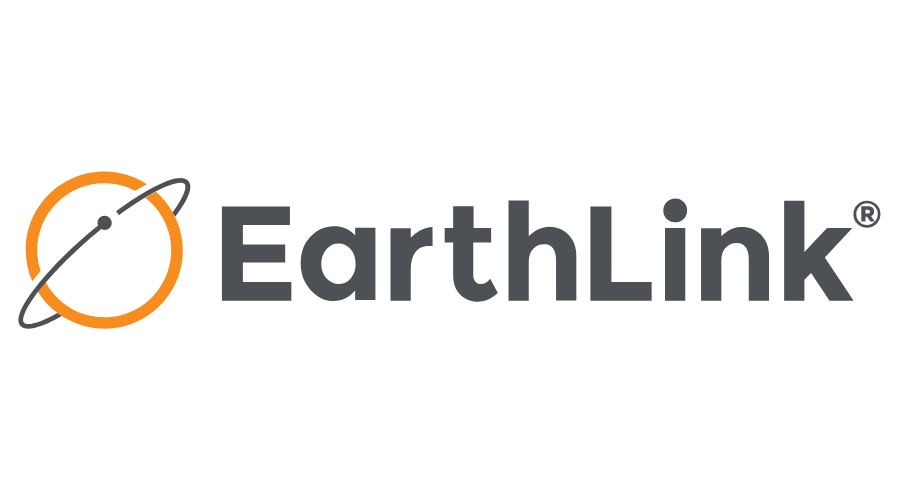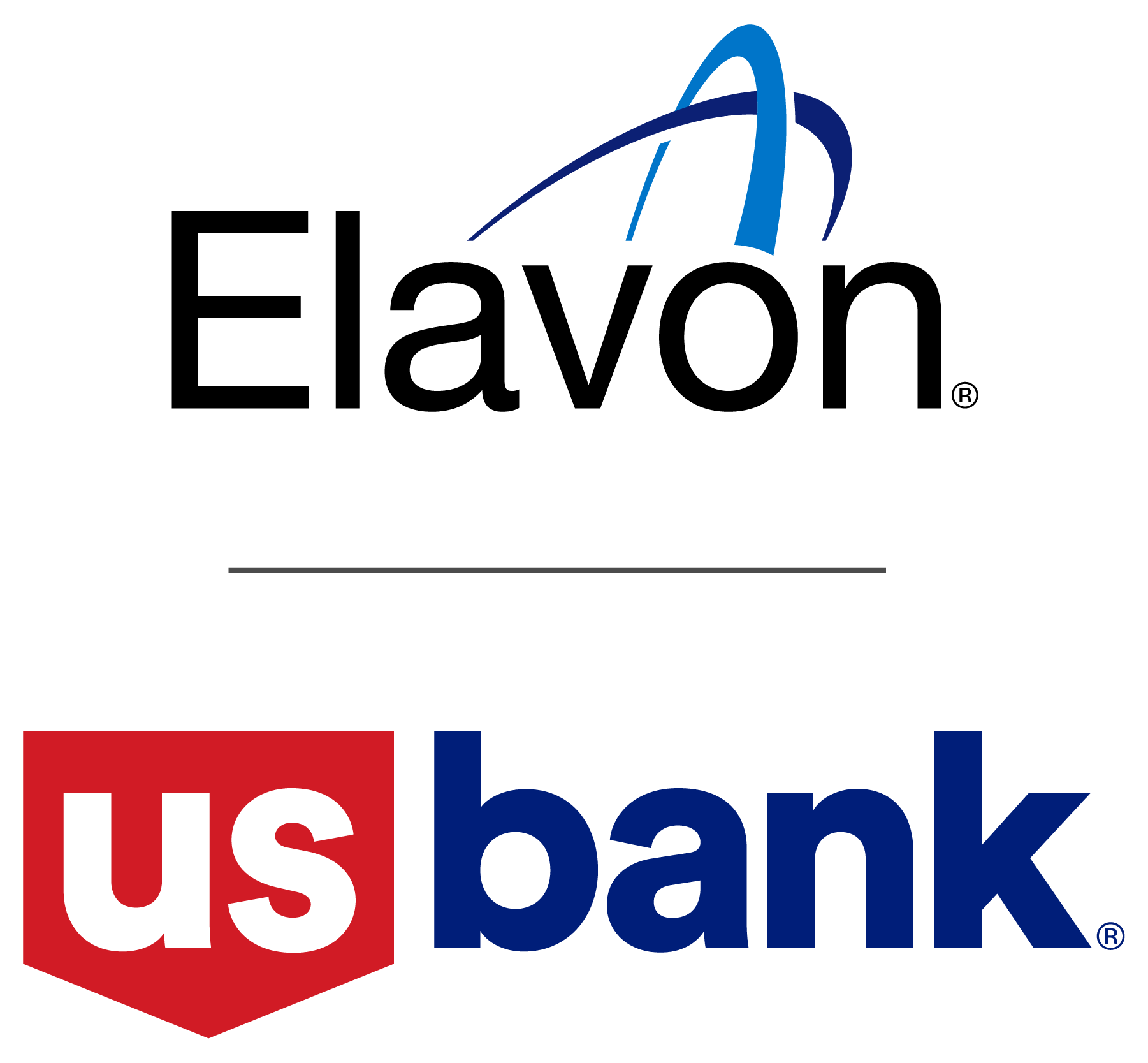| By: Shawn Brown, COO, Snap Tech IT
The ability to make sound strategic business decisions is at the core of every business owner. For that to happen, business owners must secure the flexibility to thoughtfully plan and prioritize their next move. That’s tough to do when you when the expertise isn’t in your back pocket, coupled with the inability to see IT challenges on the horizon. Partnering with a Managed Service Provider should offer a level of transparency that can be seen in the way strategic business decisions are made. While expertise is an integral component to consider when selecting an MSP, it’s not the only factor that should drive your decision. Dig deep to find the level of transparency with your MSP that will garner a trusting relationship while positioning your business for success. If you happen to have an IT department, transparency runs deep in their day-to-day operations as well. Any challenges that aren’t addressed properly can trickle down to the IT team and create additional hurdles for them as well. You want to be sure that managing your IT environment not only assists in reaching your business goals, but also provides a seamless transition into the established objectives of your IT operation. Here are 4 ways to help you evaluate the transparency of an MSP: 1. Honest, clear communication on the current state of your IT environment. If you don’t speak tech, it shouldn’t matter when partnering with an MSP. Your IT Manager should be able to translate “tech speak” into actionable business terms that exhibit a direct correlation between the true level of risk in your environment and how it positively or negatively impacts your business. To further build on that premise, it should be effortless for your MSP partner to accurately identify true vulnerabilities, not manipulate environment vulnerabilities to conform to a solution that isn’t designed to effectively address the issue. Once these risks have been identified in the environment, your MSP partner should begin an open and honest dialog with you on which ones are most critical to your business and leave you room to prioritize the resolution of each. 2. Works as an IT Management advisor alongside you, planning your tailored IT Roadmap, based on your budget and prioritized goals. One of the hallmarks of a solid MSP is their ability to help businesses effectively plan an IT Roadmap while working within the parameters of budget and prioritized goals…all of which are just as unique as the business itself. For this to happen, MSP partners must learn all they can about each business to provide a solution that covers every aspect of the IT environment in question. Additionally, MSPs should also provide objective and true data to support the ability to make good business decisions. But it doesn’t stop there. The right solution also has budget and business goals as part of the criteria. Budget is somewhat of a given parameter, but business goals are often left behind because the MSP partner isn’t intimately familiar with them. The ideal solution will alleviate the need for business owners to micromanage IT. And that’s where Managed IT Services truly enables businesses to flourish. 3. Offers quarterly business reviews that keep the team informed of any potential threats to the environment and solutions to prevent attacks. Time to wave the red flag if your MSP partner isn’t open to meeting with you on a quarterly basis to review the IT environment in great detail. With increasing sophistication of cyber attacks, it should be standard protocol to regularly schedule these meetings to discuss the health of the environment and potential threats to your business. The insights gained from these meetings give you a competitive advantage in protecting your business from threats that are evolving daily. Typical agenda items in Managed IT Services quarterly business reviews should include: · Review of help desk needs, requests, and type statistics to determine any productive changes that need to be applied · Review of overall service satisfaction based on client survey feedback · Proof and review of data backup status and restore testing in the event of a breach · Providing and reviewing reports of network security status · Status on licensing expirations & renewals to maintain operational goals · Discussion on how services are performing against an established IT roadmap · Your provider should also be open to discussing concerns outside of the scheduled QBR with their dedicated Account Manager. Timeliness is critical when handling inquiries, and in a transparent partnership, the lines of communication should always be open 4. Follows an IT Roadmap to deliver solutions on-time, on budget & fit specific needs Managed IT Services has moved away from the break/fix model of years ago. Leveraging an IT Roadmap for your business that incorporates open dialog on budget, specific compliance needs & timely delivery of services has become the standard in fully managing an IT environment. Effective planning means no sudden IT surprises, leaving you in the driver’s seat to make decisions before they are urgent. As you’re developing your IT Roadmap with your IT Manager, he or she should fully understand the challenges of your business & convey the reasons how these solutions address each of your challenges. If a solution comes short of accomplishing this, you should expect the IT Manager to investigate alternative options to overcome the challenge. |




































